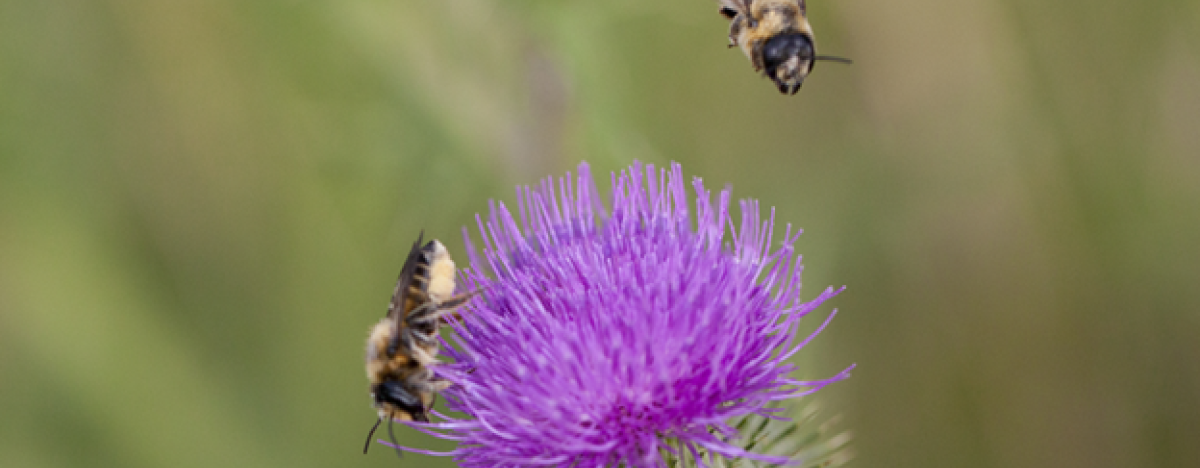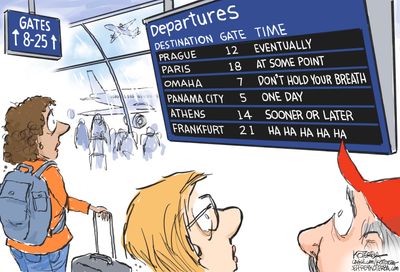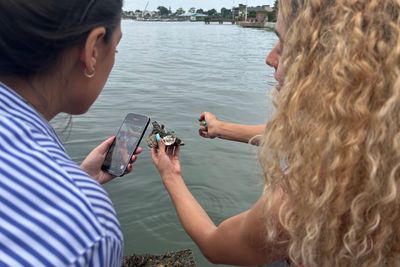Little is known about what drives rare biodiversity in cities. Rare plant species in urban gardens may be the answer. The plants in turn attract rare bee and bird species, according to a Dartmouth College-led study looking at urban gardens in northern California.
Program Director in NSF's Division of Biological Infrastructure Amanda Simcox
These scientists discovered that rare plants attract rare species of birds and bees, another positive role for green spaces in cities.
The research was based on fieldwork in 18 community gardens in the counties of Santa Clara, Santa Cruz and Monterey, California. The urban gardens varied by age, habitat, landscape context (ground cover, forest canopy cover, etc.), and socioeconomic demographics of the gardeners. All the gardens used organic gardening practices, where pesticides and insecticides are prohibited.
The team collected data from the urban garden sites in the summers of 2015 and 2017. Plant, bee and bird data were obtained in 2015 and urban gardener data were collected two years later.
Using the data on plants, bees and birds, the team modeled the correlation between gardener demographic information, the rare plants grown by the gardeners, and the rarity of bird and bee species.





